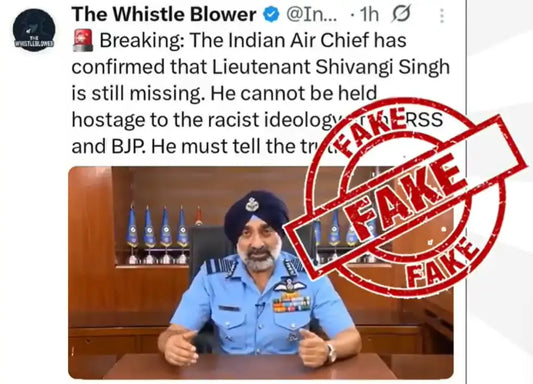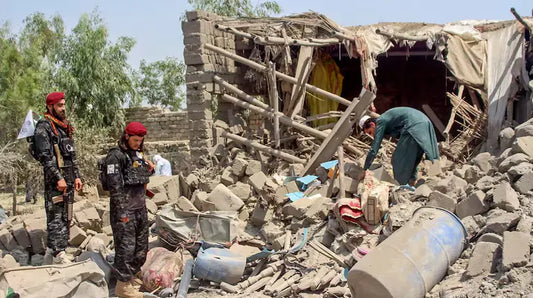India's Hypersonic Glide Missile Nearing Completion, Confirms DRDO Chief

India's hypersonic glide missile is nearing completion, with all trials anticipated to wrap up in the next two to three years, according to DRDO chief Dr. Samir V Kamat. In an interview with NDTV, he elaborated on the progress of India's cutting-edge missile systems and shared experiences from Operation Sindoor.
The Defence Research and Development Organisation recently conducted a test of a long-range hypersonic missile from APJ Abdul Kalam Island in Odisha. India is developing two types of hypersonic weapons: hypersonic cruise missiles utilizing scramjets and hypersonic glide vehicles (HGVs).
Dr. Kamat mentioned that the glide missile has already completed a successful development trial, whereas the scramjet-powered cruise missile system is in its initial phase. "We have demonstrated scramjet propulsion for over 1,000 seconds, marking a significant milestone. Should the government approve the project, we anticipate the induction of a hypersonic cruise missile within five to seven years," he stated.
Regarding the BrahMos supersonic cruise missile, Dr. Kamat highlighted that DRDO is now working on range extension and the development of a smaller version known as BrahMos-NG, which will enable deployment on additional aircraft beyond the Su-30MKI.
He also updated on other missile systems under development, including the Astra Mk-2 and Mk-3 air-to-air missiles with extended ranges, along with Rudram-2, Rudram-3, and Rudram-4 air-to-ground missiles. Additionally, India is progressing with its Kusha surface-to-air missile program and is developing directed energy weapons, such as lasers and high-power microwave systems for anti-drone warfare.
Reflecting on the performance of DRDO systems during Operation Sindoor, Dr. Kamat noted the effectiveness of BrahMos, Akash, and D4 anti-drone systems during the 100-hour conflict with Pakistan.
He also discussed the indigenous light tank Zorawar, designed for high-altitude operations in regions like Ladakh and Sikkim. Development trials are complete, and user trials are expected to commence soon.
On the indigenous fifth-generation fighter jet, the Advanced Medium Combat Aircraft (AMCA), Dr. Kamat explained that unlike previous DRDO-HAL collaborations, an expression of interest has been issued to find an industry partner, possibly involving private companies or a joint venture.
Dr. Kamat emphasized the lessons learned from Operation Sindoor, stressing the importance of developing fully autonomous systems that can operate without GPS or communication links. “It is evident that all our weapon systems must function in electronically denied environments,” he remarked.
He concluded with optimism, stating that several of DRDO’s advanced weapon systems and sensors are expected to be inducted into the Indian Armed Forces within the next two to three years.



















